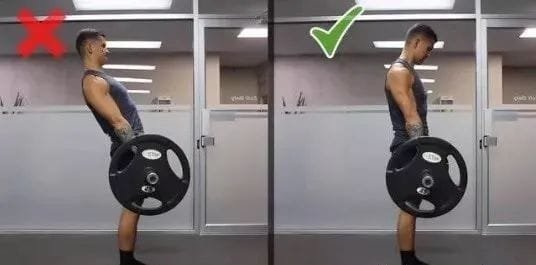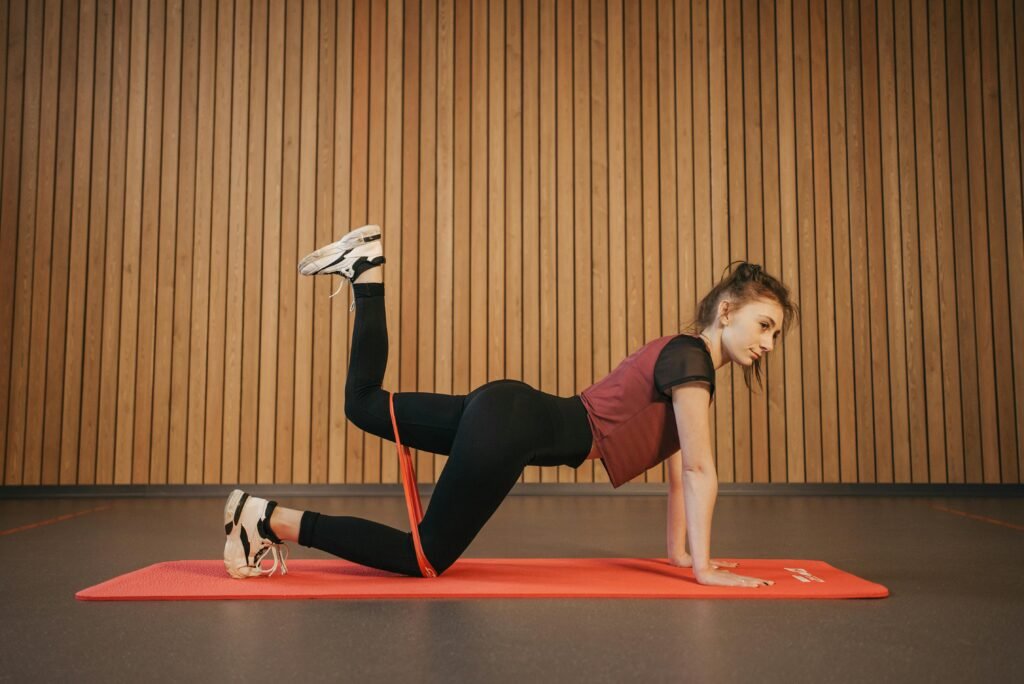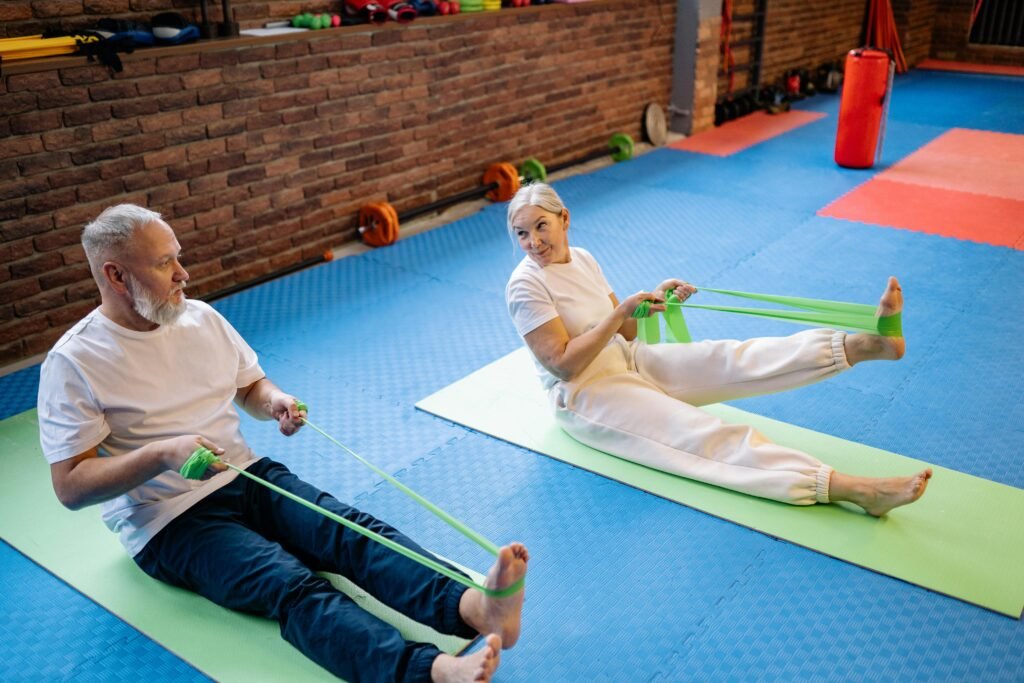Squats are often called the king of fitness exercises. They stimulate muscles throughout the body, enhance hormone levels, and increase metabolism, making them highly effective for both muscle gain and fat loss. However, there’s another exercise that’s just as crucial: the deadlift.
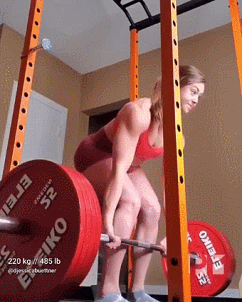
Squats and deadlifts go hand in hand, offering slightly different training effects. Both exercises are powerful, but they require proper technique and caution. Whether you’re male or female, these exercises can deliver incredible results when done correctly—but overdoing them can lead to serious issues.
In practice, it’s essential to tailor your workouts to your individual needs. Never blindly attempt heavy weights just to show off, as this can be dangerous. For example, some lifters have collapsed after performing heavy deadlifts due to brain oxygen deprivation caused by increased chest pressure, sudden blood pressure spikes, reduced venous return, and insufficient cardiac output. These conditions can result in dizziness, fainting, nausea, and other circulatory problems.
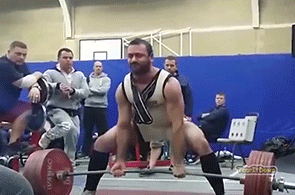
So, while deadlifts are excellent, they must be performed with care and progression. Here are four common mistakes to avoid:
- Turning Deadlifts Into Squats
Some people perform deadlifts like squats by starting in a full squat position. The correct starting position is a half-squat, keeping your arms nearly vertical, the barbell close to your body, and engaging your back and core—not relying on leg strength alone.
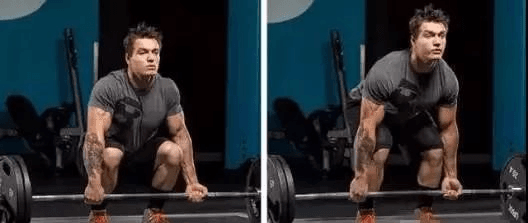
- Rounding or Arching Your Back
Choosing the right weight is critical. When your glutes and back muscles aren’t strong enough to handle the load, many people compensate by rounding their backs. Others overcorrect by excessively arching their lower back. The correct form involves maintaining a neutral spine, pulling your shoulders back, and keeping your chest up to protect your spine.

- Letting the Barbell Drift Away From Your Body
During straight-leg deadlifts, allowing the barbell to move away from your body shifts your center of gravity forward, increasing the risk of lower back injury and reducing effectiveness in targeting the hamstrings and glutes. To avoid this, women (and men) can try wide-stance deadlifts, which keep the barbell closer to the body and better engage the posterior chain.
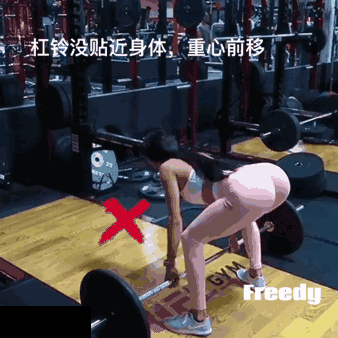
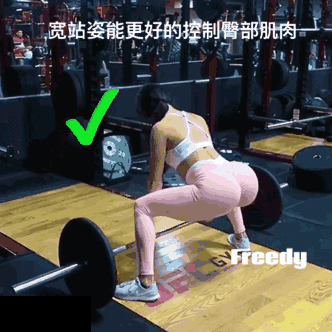
- Leaning Back While Lifting
Leaning backward while lifting adds unnecessary strain to your lower back and increases the risk of injury during the lowering phase. Instead, lock out your knees and hips at the top of the movement and squeeze your glutes.
